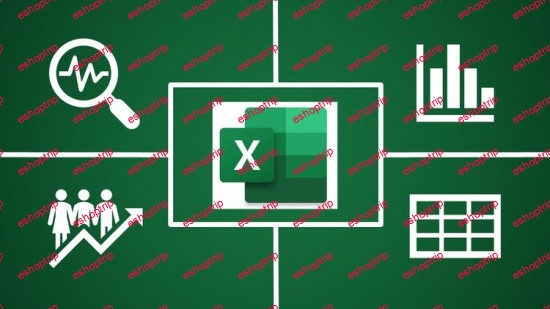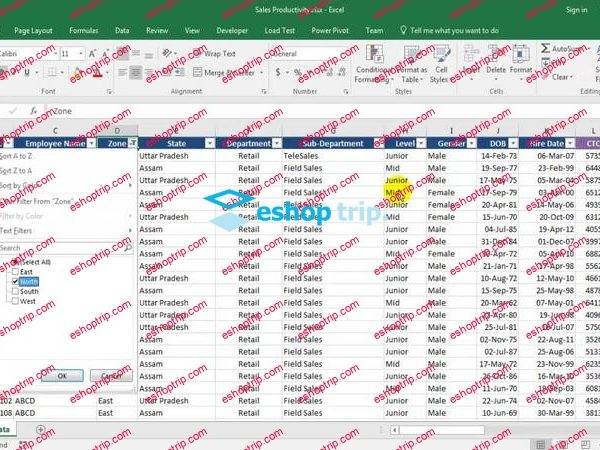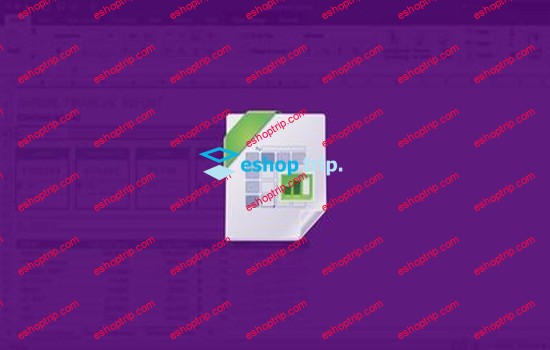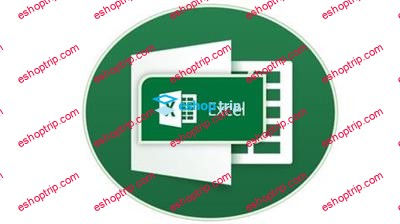Duration: 58m | 3 sections | 13 lectures | Video: 1280×720, 44 KHz | 790 MB
Genre: eLearning | Language: English + Sub
Learn All About Gantt Charts and How to Implement Them Into Your Project
What you’ll learn
Learn core concepts of Gantt Charts
Learn how to create Gantt charts
Explain when it’s ideal to use a Gantt template.
Determine how to position the floating tasks.
Describe the layout of a Gantt chart.
How to create Gantt charts to communicate with customers
Learn how to plan resources, monitor progress for one or multiple projects, assess risk, and predict spend
Requirements
Access to Gantt open source software helpful to follow along, but not required
Description
In this course you will learn the key concepts of Gantt Charts.
Gantt charts are useful for planning and scheduling projects. They help you assess how long a project should take, determine the resources needed, and plan the order in which you’ll complete tasks. Gantt charts are commonly used in project management, is one of the most popular and useful ways of showing activities (tasks or events) displayed against time.
Gantt charts typically includes two sections: the left side outlines a list of tasks, while the right side has a timeline with schedule bars that visualize work. The Gantt chart can also include the start and end dates of tasks, milestones, dependencies between tasks, and assignees.
In this course, you’ll learn how to create and use a Gantt chart for a variety of purposes, using different Gantt chart software. We’ll get into how to create Gantt charts to communicate with customers, plan resources, monitor progress for one or multiple projects, assess risk, predict spend, and decide whether or not you can speed up your project.
We’ll also discusses the most common problems and provides tips to help you avoid mistakes. By the end of this course you’ll have solid understanding on using Gantt charts.
Who this course is for:Anyone interested in using Gantt ChartsProject Managers











Reviews
There are no reviews yet.